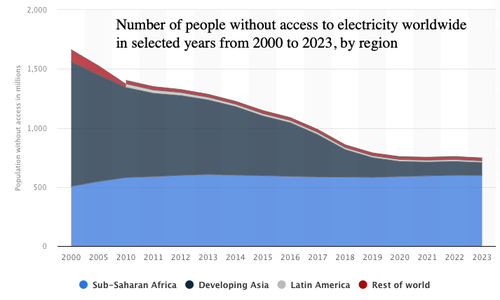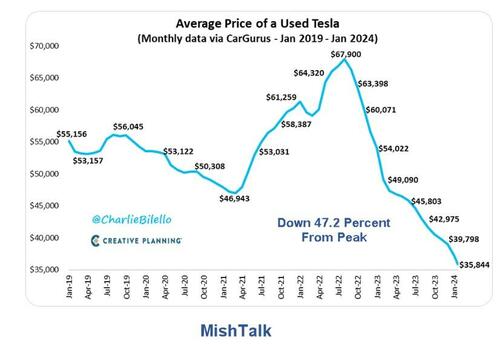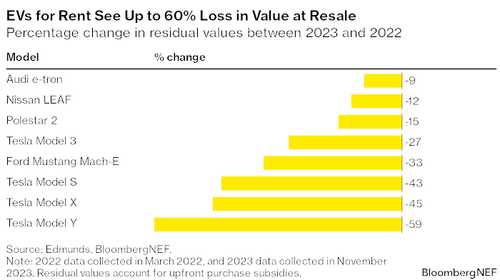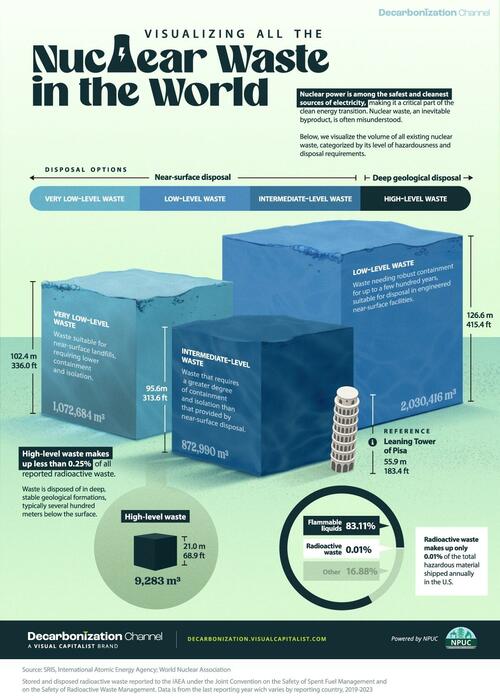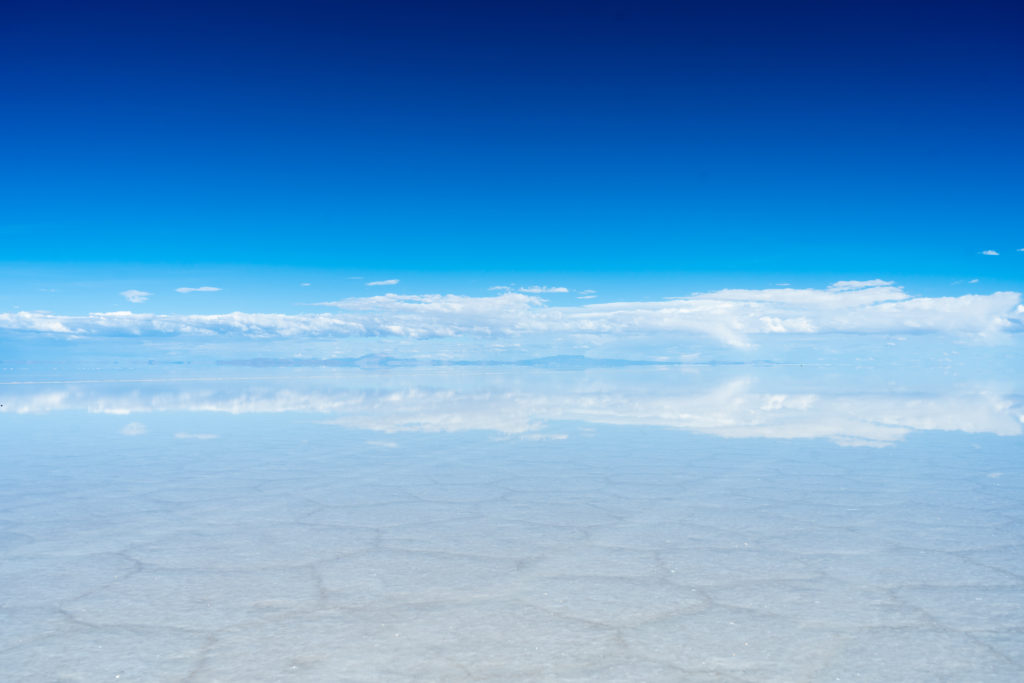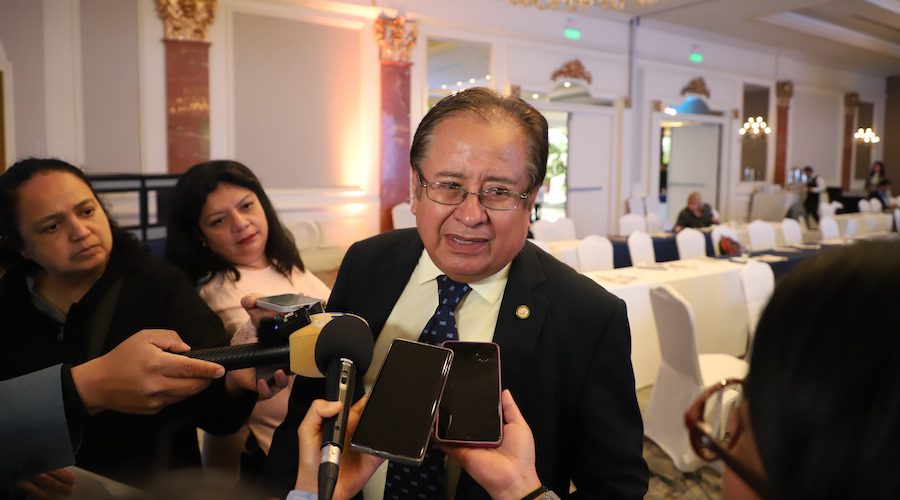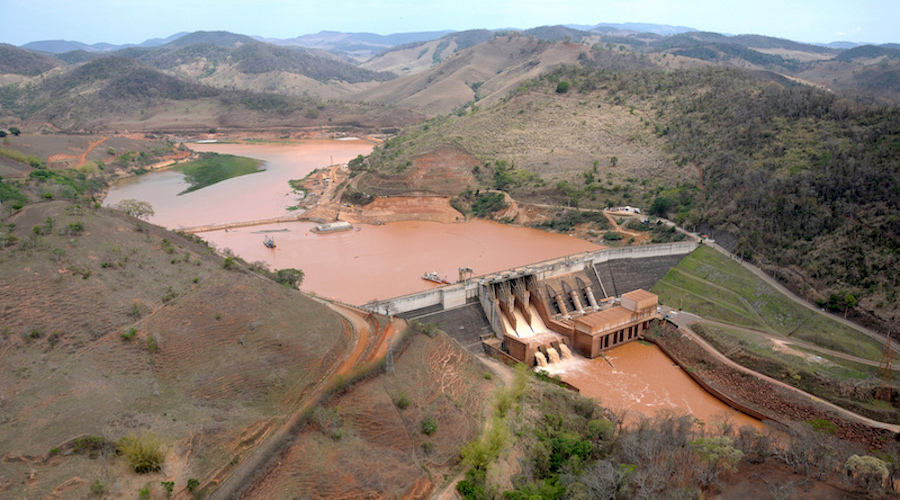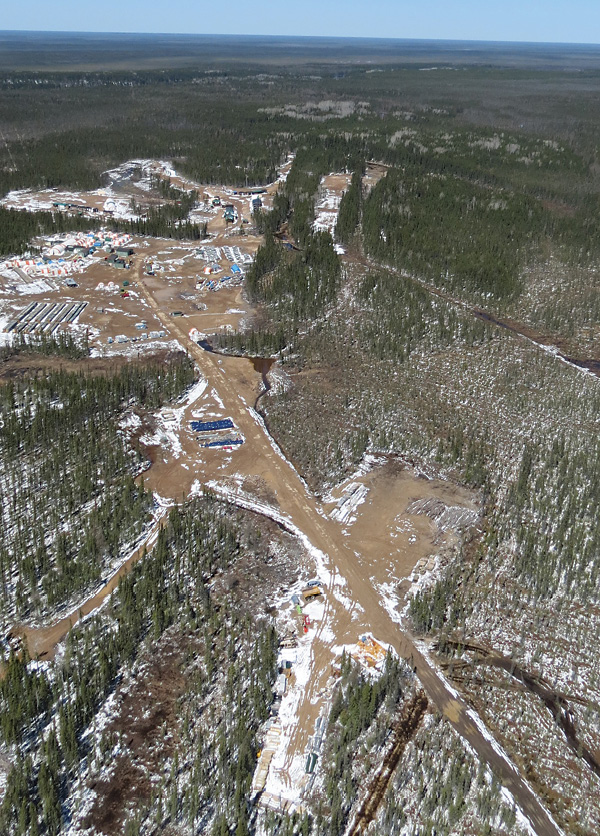Machine Learning: The Key to Efficient Fuel Cell Development
- The team identified two new materials with unique crystal structures, potentially enhancing proton conductivity for fuel cells.
- Their approach utilizes machine learning to predict optimal combinations of base and dopant candidates, speeding up the discovery process.
- While current performance of these materials is low, further research could improve their efficiency, contributing to the development of a hydrogen-based society.
Using the new approach, the researchers identified and successfully synthesized two new candidate materials for use in solid oxide fuel cells – devices that can generate energy using fuels like hydrogen, which don’t emit carbon dioxide.
Their findings, which were reported in the journal, Advanced Energy Materials, (available by open access at posting) could also be used to accelerate the search for other innovative materials beyond the energy sector.
Professor Yoshihiro Yamazaki, of Kyushu University’s Department of Materials Science and Technology, Platform of Inter-/Transdisciplinary Energy Research (Q-PIT) explained, “One path to carbon neutrality is by creating a hydrogen society. However, as well as optimizing how hydrogen is made, stored and transported, we also need to boost the power-generating efficiency of hydrogen fuel cells.”
To generate an electric current, solid oxide fuel cells need to be able to efficiently conduct hydrogen ions (or protons) through a solid material, known as an electrolyte.
Currently, research into new electrolyte materials has focused on oxides with very specific crystal arrangements of atoms, known as a perovskite structure.
Professor Yamazaki said, “The first proton-conducting oxide discovered was in a perovskite structure, and new high-performing perovskites are continually being reported. But we want to expand the discovery of solid electrolytes to non-perovskite oxides, which also have the capability of conducting protons very efficiently.”
However, discovering proton-conducting materials with alternative crystal structures via traditional “trial and error” methods has numerous limitations.
For an electrolyte to gain the ability to conduct protons, small traces of another substance, known as a dopant, must be added to the base material. But with many promising base and dopant candidates – each with different atomic and electronic properties – finding the optimal combination that enhances proton conductivity becomes difficult and time-consuming.
Instead, the researchers calculated the properties of different oxides and dopants. They then used machine learning to analyze the data, identify the factors that impact the proton conductivity of a material, and predict potential combinations.
Guided by these factors, the researchers then synthesized two promising materials, each with unique crystal structures, and assessed how well they conducted protons. Remarkably, both materials demonstrated proton conductivity in just a single experiment.
One of the materials, the researchers highlighted, is the first-known proton conductor with a sillenite crystal structure. The other, which has a eulytite structure, has a high-speed proton conduction path that is distinct from the conduction paths seen in perovskites.
Currently, the performance of these oxides as electrolytes is low, but with further exploration, the research team believes their conductivity can be improved.
Professor Yamazaki concluded with, “Our framework has the potential to greatly expand the search space for proton-conducting oxides, and therefore significantly accelerate advancements in solid oxide fuel cells. It’s a promising step forward to realizing a hydrogen society. With minor modifications, this framework could also be adapted to other fields of materials science, and potentially accelerate the development of many innovative materials.”
***
This is welcome news. We’ve been looking intently for years in hopes of practical consumer fuel cells for consumer and business products. So far they exist in rare form at high expense with precious metal construction.
This technology offers some improvement in furthering research. But a couple proton conductor candidates do not solve the array of issues mass market fuel cells need solved to get to market.
Fuel cells look to still be a ways off. A step closer now, but it looks like there are quite a few steps yet to go.
By Brian Westenhaus via New Energy and Fuel
